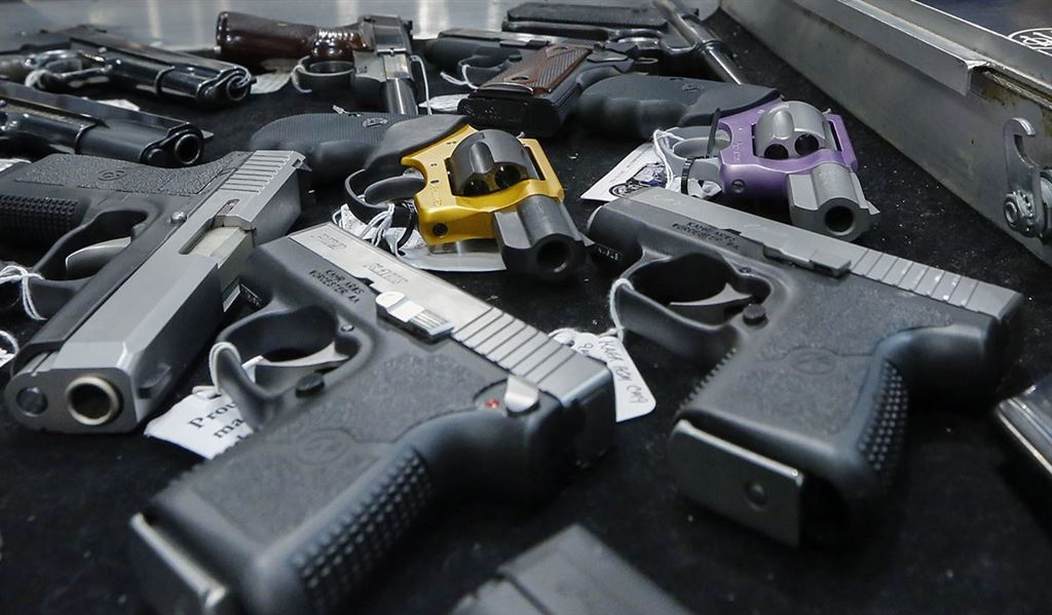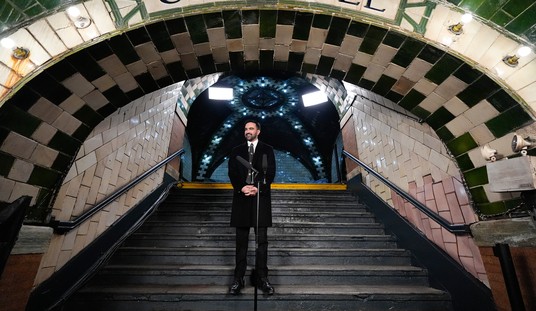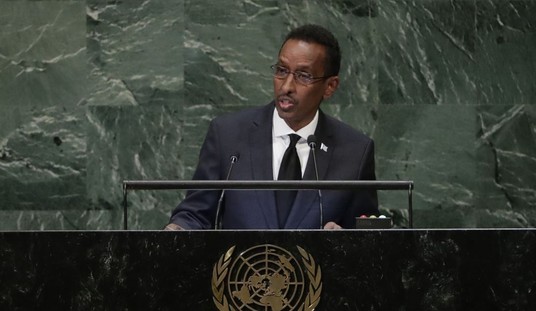Everyone should lock their guns up when not in use.
However, laws that try to dictate that are terrible. Why? Because lawmakers' definition of "not in use" and gun owners' definitions might not be remotely the same. As bad as that is, we have a lot of people getting worked up about research saying such laws reduce gun violence.
Here's why that's not really what's happening.
First, let's look at the research as it's being reported throughout the media.
There isn’t much research on associations between child access prevention laws and school shootings and the findings that exist don’t reveal a clear relationship. An August 2018 paper in the Journal of Law and Economics is among the first to explore this relationship. The authors analyze data from the Centers for Disease Control and Prevention’s Youth Risk Behavior Surveillance System covering 1993 to 2013.
The CDC survey is conducted every two years among high school and middle school children and asks health-related behavioral questions across a range of topics, such as seat belt use, driving under the influence and carrying a weapon on school property. Since 1991, the poll has reached a total of 5 million high school students.
The sample in the paper examines responses from high schoolers in 13 states and the District of Columbia, before and after child access prevention laws were passed. The states are Colorado, Delaware, Georgia, Illinois, Massachusetts, Minnesota, Mississippi, Nevada, New Hampshire, North Carolina, Tennessee, Texas and Utah.
The authors associate child access prevention laws with an estimated 18.5% reduction in high schoolers surveyed reporting carrying guns anywhere at least once within a one-month timeframe, and a 19% drop in students being threatened or injured with a weapon while at school.
Now, a 19 percent drop is significant...assuming the problem is significant in the first place.
Recommended
See, what's happening here is that they're presenting a reduction in one particular type of violent crime--namely, threats or minors carrying guns. What they're not doing is telling you how common it was beforehand, really.
Kids carry guns and they do it far more often than any of us would like, but it's not like even a significant minority of kids are walking around campus armed. It's a fairly rare occurrence overall. In most places, it pretty much never happens, though some schools likely see it more often than not.
But without the specific context of how many kids were carrying and threatening people, we have no real frame of reference from which to really judge the 19 percent drop.
The smaller the overall number, the less significant that drop actually becomes. That's because large percentages are easier with smaller numbers. For example, if 100,000 students were threatened by guns, then 19,000 is a pretty good move in the right direction. If just 100 were threatened, well, that 19 fewer cases isn't nearly as impressive.
Yet the percentages are the same.
Only one, though, represents real progress on a real problem. The other may just be statistical noise because the problem was too small to really measure in the first place.
But all of this revolves around fairly rare occurrences.
That doesn't stop the media from pretending that this is a huge chunk of violent crime, if only we stubborn gun rights advocates would just shut up for a moment. Well, I'm not interested in sitting down and being quiet. I'm not good at it. Seriously, just ask literally any teacher I had in school. They'd tell you.
So, I'll do my duty and point out just how these people are using a non-issue to pretend a preferred policy simply has to be passed or else.
They're lying, and they hope you're gullible enough to buy it.
























